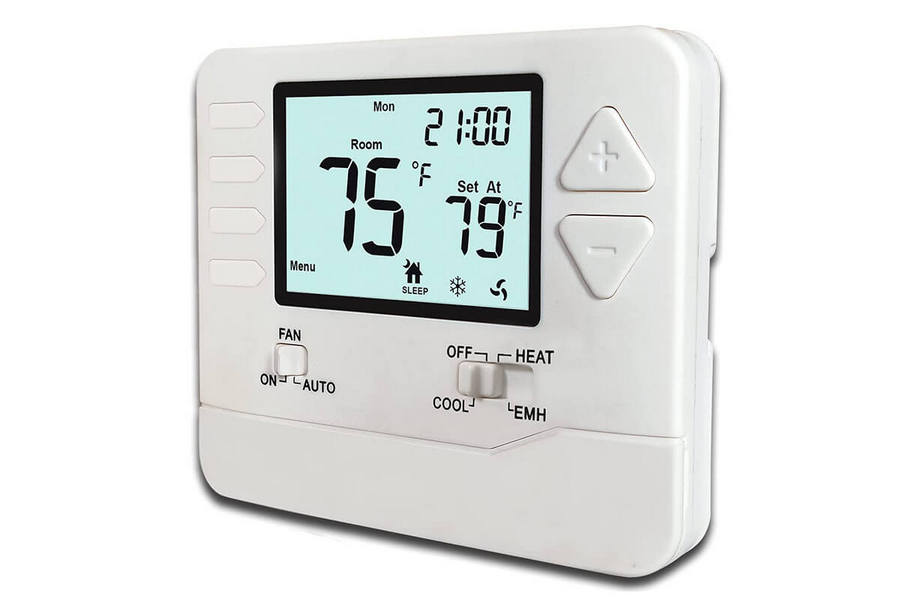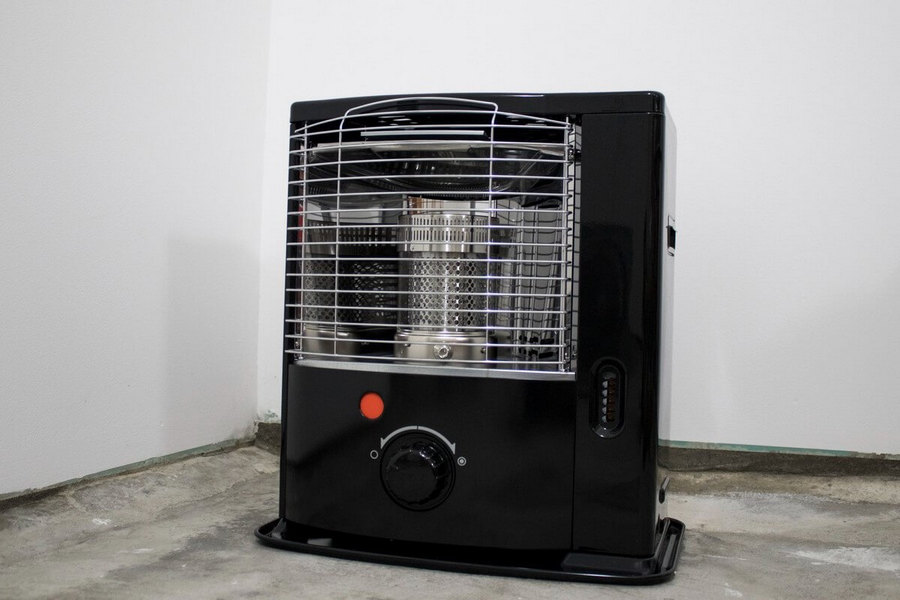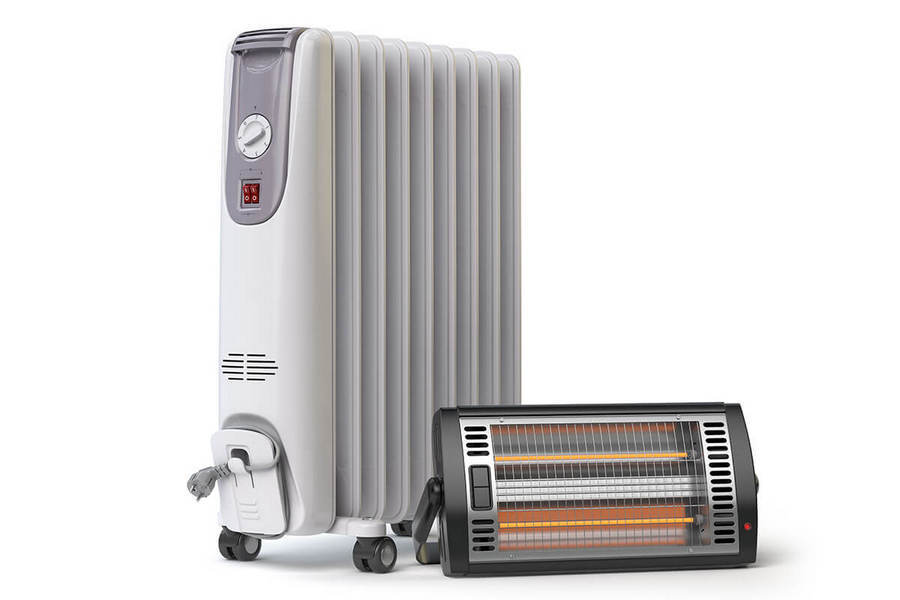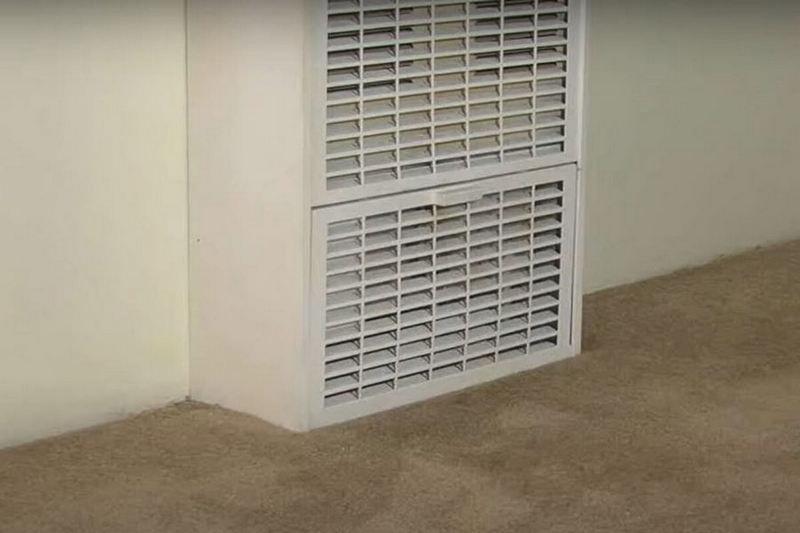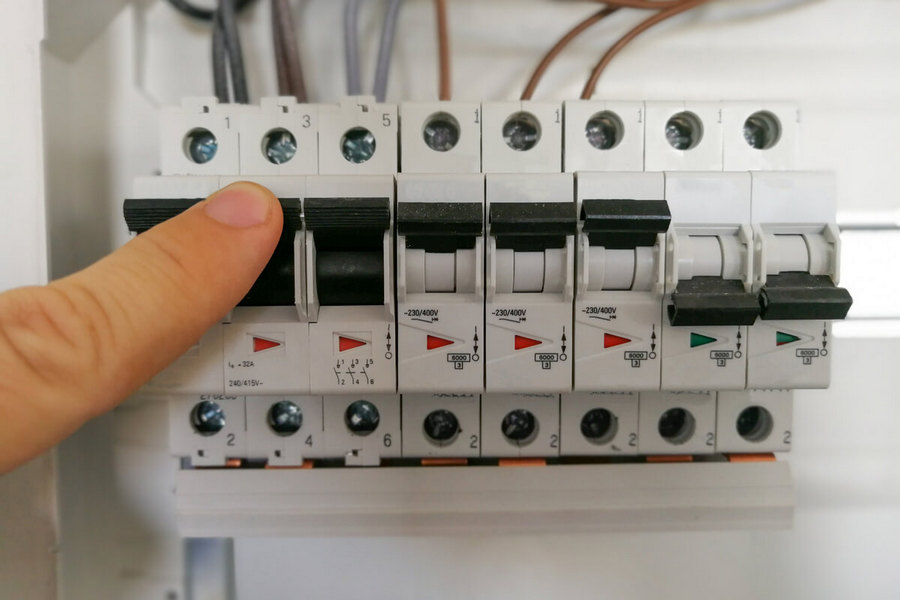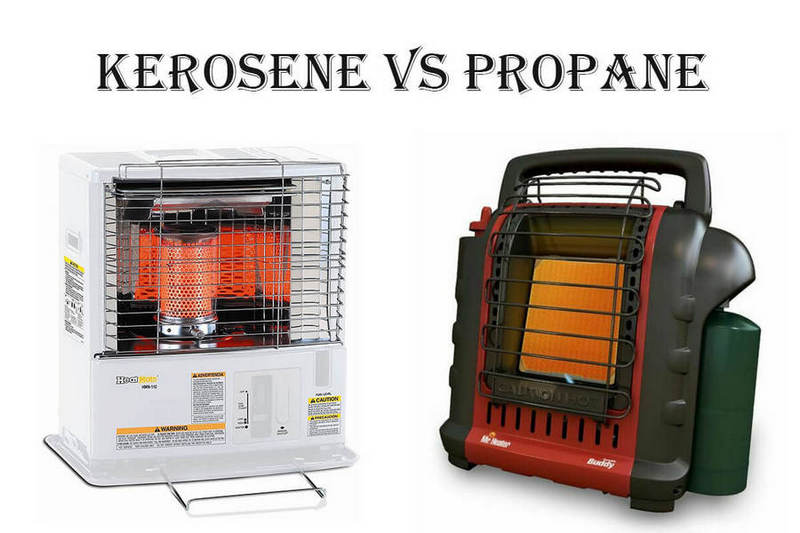Have you ever realized the purpose of the two additional settings available on the thermostat, especially when it’s cold outside? These additional settings are auxiliary and emergency heat.
Many people confuse the two and randomly select without knowing their purpose. The common functionality between these heat settings is designed for extremely cold temperatures.
Lucky for you, this guide presents an elaborate difference between auxiliary heat and emergency heat. This way, you can use these heat settings under the right circumstances to protect the heat pump.
What is Auxiliary Heat and What Does It Mean on Your Thermostat?
Essentially, the heat pumps have two units; one is present inside the home while the other is installed outside. We call the unit installed outside the heat pump, while the indoor unit is an auxiliary heating pump.
The heat pump activates the auxiliary heat if it can’t produce enough heat to warm your house. When the temperature falls extremely low, the outdoor heat pump is extremely cold and unable to keep the house warm.
Hence, the heat pump takes the help of the indoor auxiliary heating system to maintain the desired temperature inside the home. In this case, the electric resistance heating of the heat pump is activated. These electric heating coils come integrated into the heating system to serve as a secondary heating source in extreme freezing temperatures.
Furthermore, the heat pump automatically activates the electric resistant heating to enable auxiliary heating. Similarly, the heating system turns off the auxiliary heating on its own when there isn’t any need for the secondary heating source.
Alternatively, the auxiliary heating activates if the heat pump is in defrost cycle. You can recognize the defrost cycle if you see the steam or water coming from the outdoor heat pump or the outdoor unit fan isn’t running.
What is Emergency Heat and When Should You Use It?
Once the outdoor temperature is below 40F degrees, the heat pump has to run the defrost cycles every couple of hours to ensure proper heating operation.
Unfortunately, the heat pump can’t produce enough heat once the temperature falls under 30F or 20F degrees. At this stage, it becomes almost impossible for the heat pump to compress the cold refrigerant.
If you don’t want to damage the heat pump for good by running the heater in such freezing weather, it’s better to turn the heat pump off.
Now is the time to use the emergency heat setting. This way, you completely shut off the heat pump and compressor and activate the radiation heat strips.
As a result, you prevent any possible damage to the outdoor heat pump system by activating the emergency heat.
However, you need to be extremely cautious of the term “emergency.” It means you should only activate this heating source to avoid any permanent damage to the heating system. It’s because the heating system completely bypasses the heat pump and utilizes the heat strips and coils to warm your home.
Unlike auxiliary heating mode, the emergency heating setting keeps running until you manually deactivate it.
In the majority of the cases, the emergency heat is usually electric or runs on oil or natural gas.
Read Also: Oil Space Heater vs Electric Heater
Auxiliary Heat vs. Emergency Heat: Conclusion
To sum up, both the auxiliary and emergency heat sources are supplemental heating sources that work in extremely lower temperatures.
The main difference between auxiliary heat and emergency heat is that the heat pump activates the auxiliary heat in case of a temporary outdoor temperature drop.
However, you should use emergency heat to protect your heat pump from any damage in extremely low temperatures. The heat pump completely shuts off its operations and relies on the secondary electric coils to produce the emergency heat.

